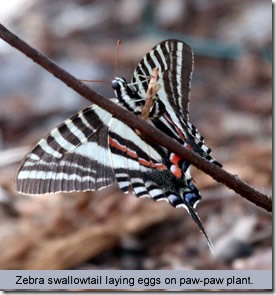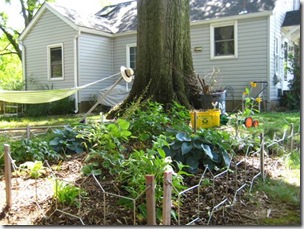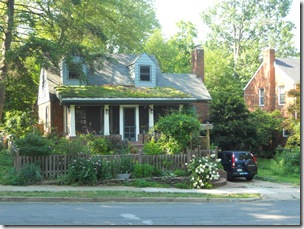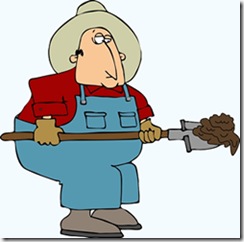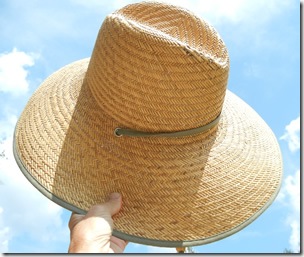Keith Tomlinson, Botanical Garden Manager of Meadowlark Botanical Gardens in Vienna, Virginia was kind enough to share his thoughts about some of his favorite native plants for my current series about Native plant favorites.
“Eastern Leatherwood (Dirca palustris) is a distinctive shrub with very early yellow tubular spring flowers and soft "leathery" wood. It is rare in the backyard or botanical garden, but a real gem.
Hop Tree or Wafer Ash (Ptelea trifoliata) is a native member of the Orange family, a host plant for swallowtails, and rare in trade and gardens.
Frasier's Sedge (Cymophllus fraserianus) is a true Appalachian endemic with beautiful shiny rosettes of long green leaves and small white flowers in the spring. One of the worlds most unusual sedges.”
Keith has managed Meadowlark Botanical Gardens since 1998 but has worked as a naturalist all around the world for the past twenty-five years. And although he may be a little biased, he says that Meadowlark’s native plant collections are “the best in the DC region”.
Meadowlark Botanical Gardens is a great place to see many native plants in a beautiful setting, since they have three native plant collections as part of the International Agenda for Botanic Gardens in Conservation:
- Potomac Valley Collection - plants native to the Potomac River basin.
- Virginia Native Tree Collection - native trees for use in a home setting.
- Virginia Native Wetland - A small wetland with local trees.
I also noticed on their website that they have a Gardening with Butterflies workshop coming up on September 15 at 10:00 a.m. so mark your calendars!
Previous posts:

